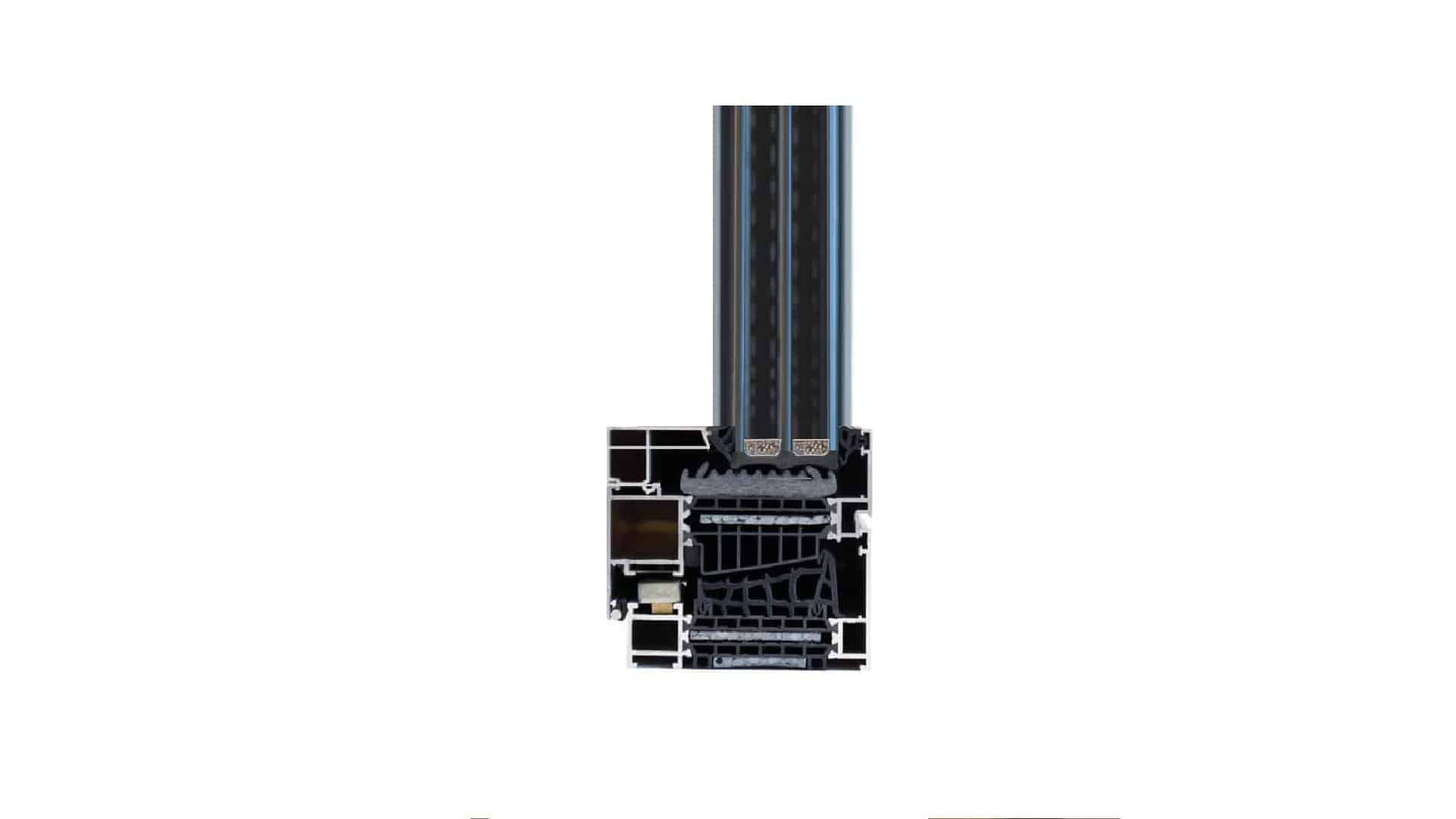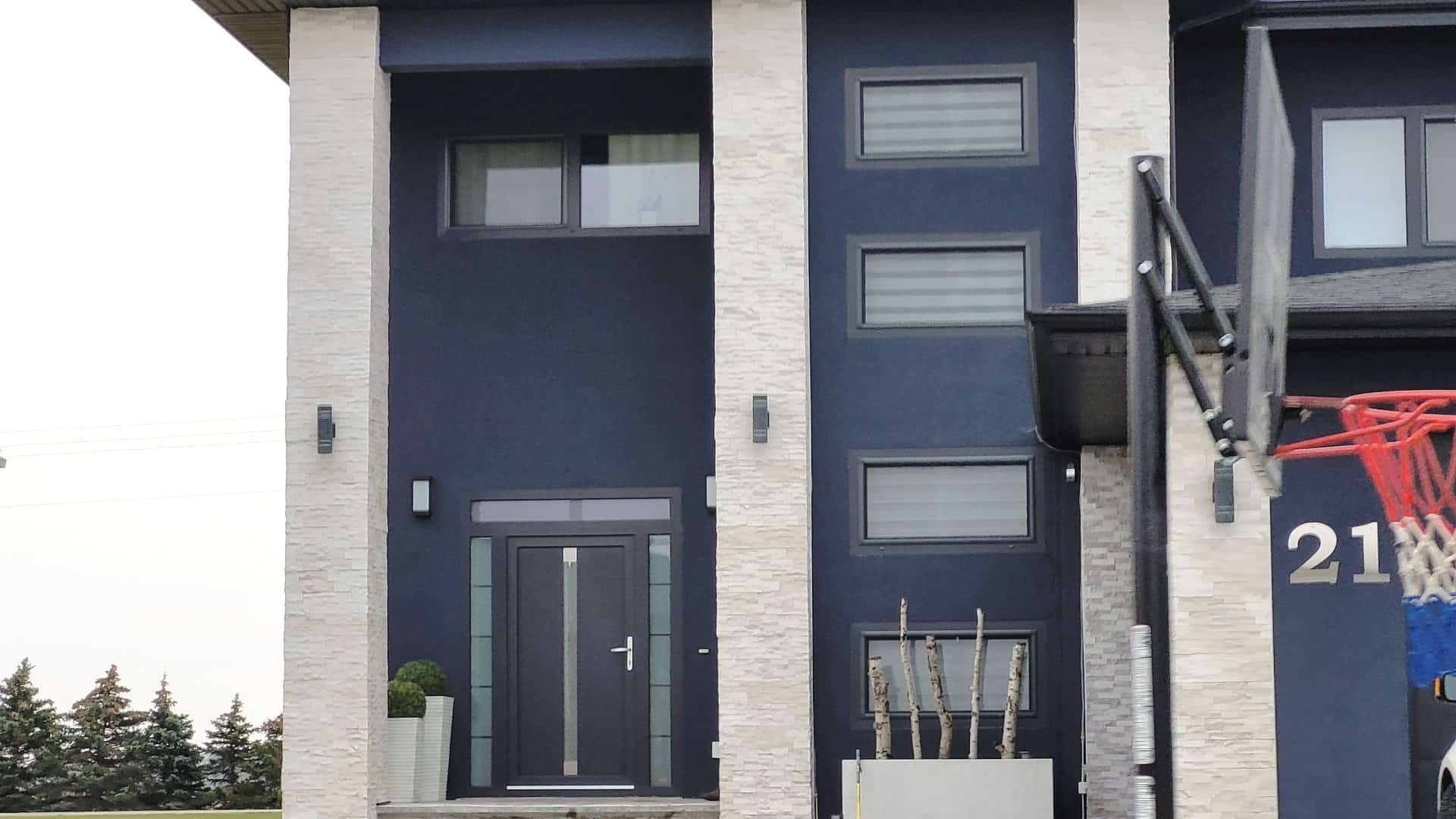Picture windows can be an elegant and modern addition to any home, no matter the interior design style.
They’re an ideal choice for homes with unique rooflines or large spaces that need additional light. Casement and double hung windows, as well as awning windows on the sides, can all be combined to create a stunning effect.
Energy Efficiency
When designing a new home or replacing windows in an existing one, energy efficiency may be top of mind. Selecting the appropriate style for your residence can have an enormous effect on utility costs, comfort levels and even curb appeal.
When it comes to energy efficiency of windows, several factors come into play; including the frame material, style and overall quality. Windows with either an NFRC label or Energy Star rating are considered the most energy-efficient options.
This rating is based on computer simulations of the thermal performance of a window’s entire unit, including frame, spacer and glass. Physical tests are then conducted to verify that these results correspond with reality.
Fixed picture windows are the most energy efficient window style due to their tight seal that prevents air leaking in and out, leading to increased heating or cooling costs. Unfortunately, they cannot be opened, so other window styles that do open can take their place.
Fixture picture windows not only offer greater energy efficiency than other window styles, but they also offer enhanced security and stability as they remain stationary – unlike sliding ones which may move in some way during break-ins or other crimes. This helps prevent crimes such as car break-ins or other burglaries.
Another advantage of picture windows is their ability to bring in plenty of natural sunlight into a room, brightening and livening it up.
Daylighting can also help save you money on your electric bill by eliminating the need for artificial lighting. If you are thinking of installing large picture windows in your home, make sure they are correctly sized and placed to maximize their efficacy.
Maximizing the energy efficiency of large picture windows requires selecting a high-performance window frame and Low-emissivity (Low-E) glass. Both components can be treated or coated to further increase their energy efficiency.
Aesthetics
Picture windows are an excellent way to showcase the natural splendor around your home. They let in ample natural light that creates a bright and airy atmosphere inside, as well as helping reduce the need for artificial lighting – saving money on utility bills in the process!
Though many homeowners prioritize energy efficiency when selecting window styles, aesthetics shouldn’t be overlooked either. When building a new home or renovating an existing one, the right windows can make your space look even more stunning and welcoming than before.
Installing windows in your house can bring more light and make a room appear larger and airier. But before installing them, take into consideration how they will look as an overall aesthetic.
If you want your living room or bedroom to appear larger, choose picture windows that occupy a significant portion of the wall. Likewise, these can give your kitchen an airy atmosphere.
Install a large picture window in your kitchen to give the illusion of having a view of the backyard. Not only will this enhance your cooking experience, but it’ll also create an airy and airy ambience.
Additionally, you can select a window that incorporates different types of glass to achieve an eye-catching and unique style. Doing so will not only make your kitchen appear more modern and appealing, but it will also make it more efficient to use.
For a more traditional aesthetic, you can install decorative window bars between the panes of glass on the outside. These decorations can be made out of wood, aluminum or vinyl and will add to the beauty of your window frames without needing any upkeep.
Picture windows come in a wide range of shapes and sizes to meet your individual requirements. Combining them with other window styles to create a wall of windows for extra ventilation and visual interest is possible too. Picture windows make ideal master bedrooms, as they bring stunning nature views indoors for some peaceful contemplation.
Views
Picture windows are ideal for framing views and providing plenty of natural light into a room! Picture windows let you make the most of any view – whether it be the ocean, mountains or other stunning scenery. With them installed in your home, picture windows will help bring out its best features and help make the most of what nature has to offer.
Many homeowners enjoy framing their home’s scenery with picture windows – just like a photo cropping tool would do – to showcase the best parts and present them as if they were paintings or photos on the wall. As the name implies, picture windows can be big and screenless, providing you with an expansive view of your outdoor surroundings without any bars or obstructions.
Picture windows offer a unique shape and generous size that invites nature into your home, especially if you live near water, ocean or mountains. In fact, you can install several picture windows together to create an eye-catching long glass wall that frames the view!
When designing a picture window, you must take into account several elements. These include taking advantage of an excellent view; maintaining privacy; and finding an equilibrium between light and airflow.
You must decide where your window will sit in relation to airflow and other elements like furniture, lighting and more. Having an experienced architect guide you through this process is beneficial in guaranteeing your new picture window is placed optimally.
Picture windows give your backyard and side yard an airy, open feel, allowing you to watch your kids play outside or catch glimpses of pets as they explore around the back. Not only will this give you peace of mind, but it will also increase the curb appeal of your property.
Maintenance
Maintaining your windows can save money on energy bills and make it simpler to stay comfortable in your home. Plus, keeping them looking nice inside helps maintain the aesthetic appeal of your property.
There are several steps you can take to keep your windows in great condition. One of the most essential is regularly checking them for cracks or other signs of deterioration; this will help determine whether it’s time for replacements or if they remain stable.
Another way to take care of your windows is by cleaning them regularly. Window cleaners that work well on glass can be used; simply spray it on, wipe down from top to bottom, and you’re all set!
You may find professional cleaning of your windows at an affordable price from a window company offering this service. This may be ideal if your windows are old and/or your budget is tight.
Picture windows are an ideal choice for people who want to enjoy nature from their home. They fit perfectly in any room with a view of outdoors, such as high ceilings or vaulted spaces where people can take in all of nature’s splendor.
It is essential to remember that picture windows do not open, making them more challenging to clean than other types of windows due to their non-opening design. Large ones located higher up – near the ceiling – may present particular challenges for cleaning.
A professional window installer should provide you with all of the information necessary for proper care of your window. They also have the expertise to suggest a model that best meets both your needs and budget, as well as explain any potential rebates or government incentives that might apply to new windows – making replacement much less expensive overall.


